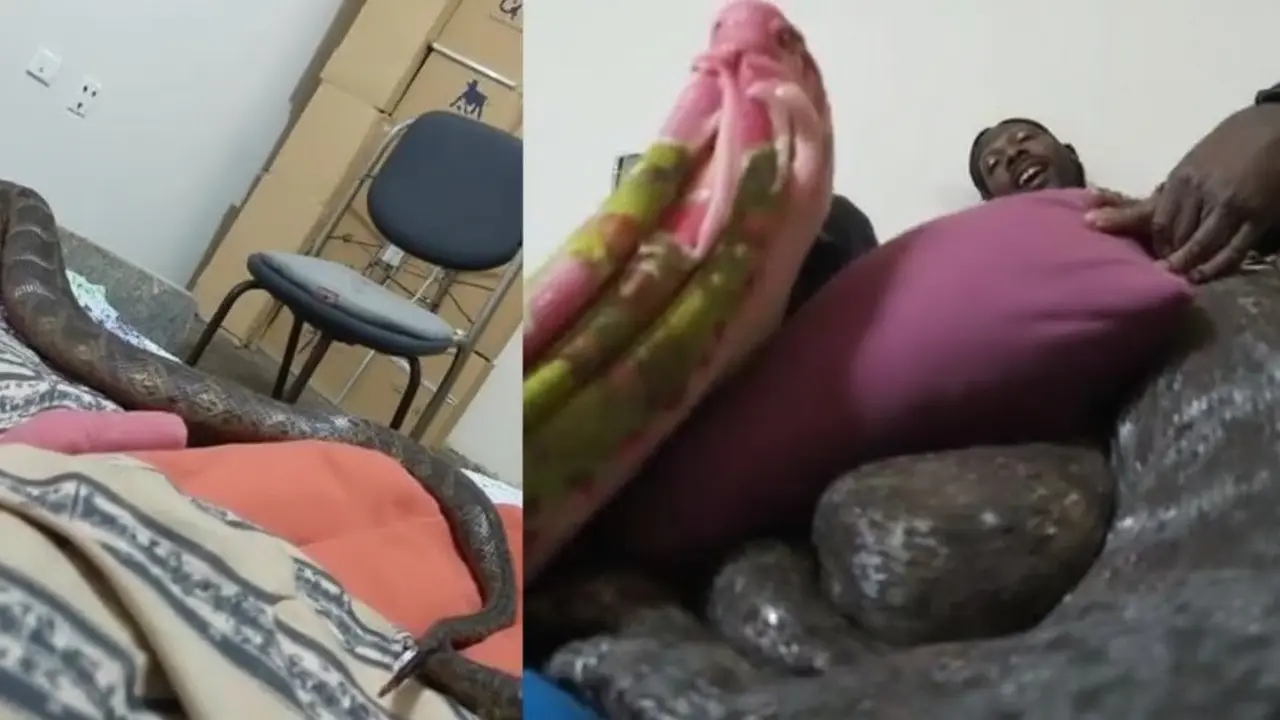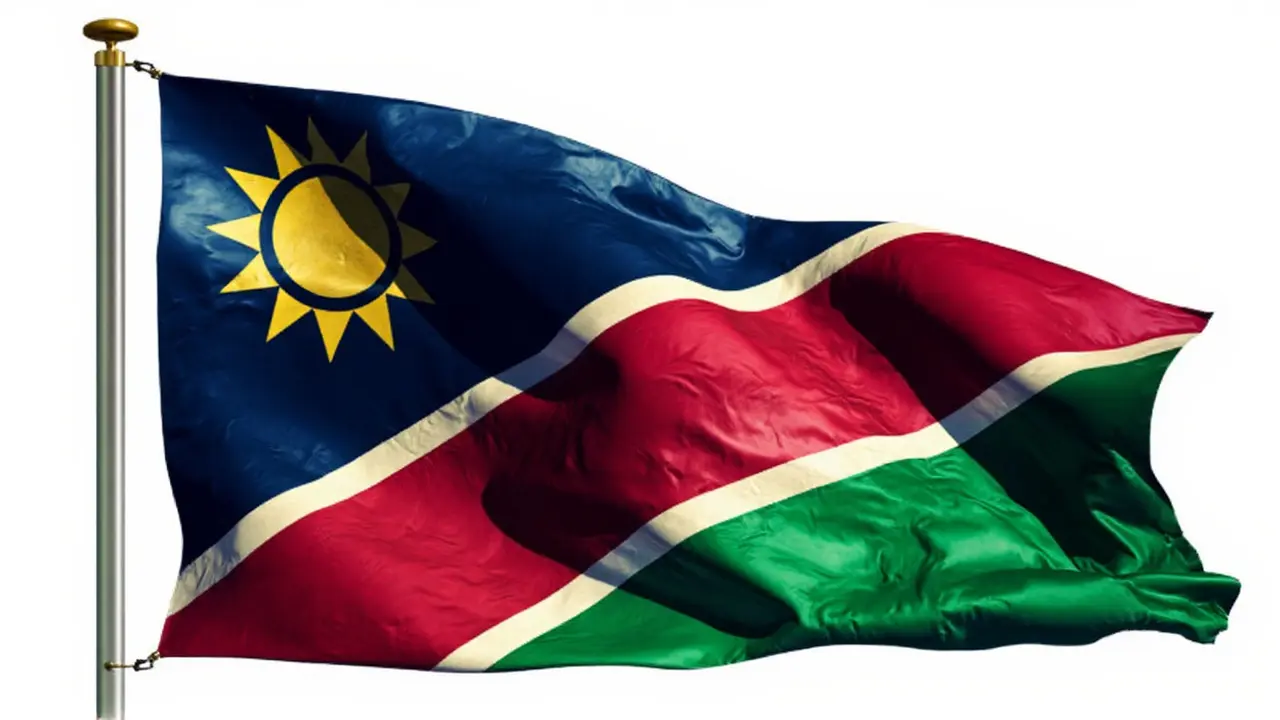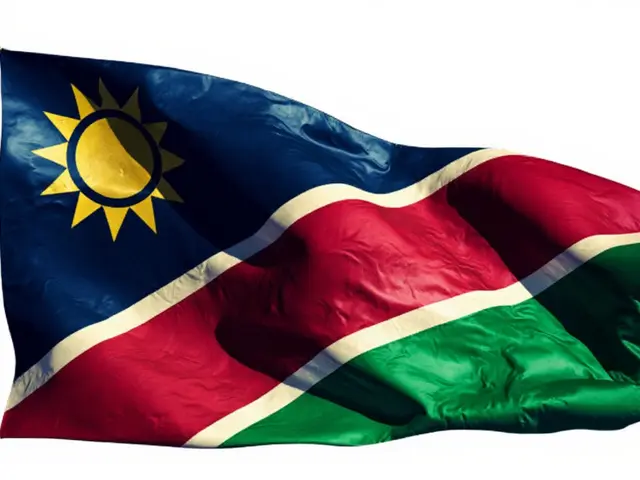High Hopes Fade for Namibia's Cobra Uranium Project Partnership
If you’d asked anyone in mining circles in late 2024, the Cobra Uranium Project in Namibia was on track to become the sector’s next big thing. Star Minerals and Madison Metals (now known as Critical One Energy) joined forces in September 2024, hoping to tap into Namibia’s reputation as a global uranium powerhouse. The two companies struck a deal that set Star on the path to securing up to 51% of the Cobra Project by investing close to $4.4 million over three years. That meant a mix of cash payments, share handovers to Madison, and boots-on-the-ground exploration work.
The scale of this project isn’t easy to overstate. The tenement stretches across 297 square kilometers of promising alaskite geology—a type renowned for uranium deposits. What really got investors humming was its location: less than 25 kilometers away from the longstanding Rossing mine, operational since 1976, and Husab, which counts among the world’s largest uranium producers. In a country ranked third worldwide for uranium output, with a reputation for clear regulations and mining-friendly policies, Cobra was designed to plug directly into a proven global uranium supply chain.

The Deal That Wasn't Meant to Last
The September 2024 agreement laid out staged milestones. Star Minerals was to provide cash in set phases, deliver shares to Madison, and pour investment into exploration efforts. On paper, it looked like a win-win. Duane Parnham, Madison’s CEO, emphasized how this partnership could lead to sustainable uranium production, supporting growing energy needs while adhering to responsible mining practices. This was especially timely as markets were tightening for uranium, with projections of rising demand as countries ramped up nuclear energy to meet climate targets.
Cobra’s geology was primed for excitement: Those in the industry know that prospective alaskite zones are where Namibia has made its name. Exploration work promised to build on the country’s deep mining history, backed by transparent legal structures and a skilled workforce. The hope was that, by mobilizing Star Minerals’ resources and Madison’s local expertise, the Cobra Project could be propelled quickly from a promising patch of ground to a producing uranium asset.
But mining, like many things in life, doesn’t always follow the script. By March 2025, just six months on from the announcement, the partnership was quietly called off. Both companies walked away from the earn-in and joint venture deal, leaving many in the market scratching their heads. No public details have emerged on whether technical, regulatory, or financial issues led to the split—only that it was a mutual decision.
For now, Cobra remains a significant uranium asset in what’s arguably the world’s best neighborhood for uranium mines. The real question is who might pick up the torch next—and whether the project’s proximity to Namibia’s uranium giants will tempt new investors to reignite its potential.

